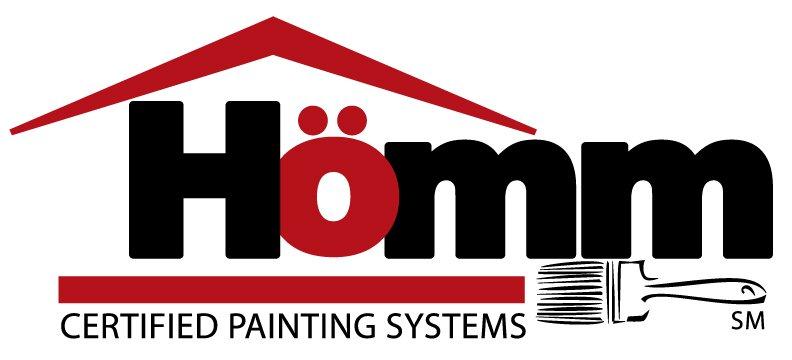Most people would probably agree with the notion that laying a strong and reliable foundation is important. Whatever it is you intend to do, laying the groundwork can and will have a significant impact on the final result.
Which is why it always comes as something as a surprise to learn just how many DIY painters do anything and everything they can to cut corners. When you think about it, there’s one reason and one reason alone we paint the interiors of our home – to make them look good. This means that logically, you should be doing everything within your power to ensure that the final result is immaculate.
Nevertheless, in the ongoing quest to save time and get things done as quickly as possible, millions of homeowners take the kinds of shortcuts that only ever prove costly at a later stage. What’s more, cutting corners and increasing the likelihood of having to do things all over again doesn’t exactly constitute a time-saving approach.

Think you’re excluded from all this?
Unless you can honestly say you’ve never tried your hand with the following four shortcuts, think again:
1. Painting Over Chipped and Peeling Paint
Sooner or later, all paint begins to lose its adhesion with the substrate behind it. And when this happens, all the wishful thinking, willpower and ignorance in the world won’t fix it. Nevertheless, homeowners across the country seem to think that by adding an additional layer of paint, they’ll somehow be able to magically reattach the peeling or chipped paint to the surface. Simple science of course arguing that this isn’t the case at all. Painting over chipped and peeling paint is the DIY equivalent of an ostrich burying its head in the sand to avoid danger. Ignoring the problem and hoping it goes away of its own accord. Which it won’t – you’re simply setting yourself up for an even more difficult job further down the line.
2. Painting Dirty Surfaces
Another shortcut attempted by millions of homeowners pretty much on a daily basis is that of not bothering to adequately clean surfaces, before going ahead and painting them. More often than not, this manifests as an individual setting to work painting a surface, realizing it’s anything but clean and attempting to compensate by simply slapping an overly-generous amount of paint all over the place. Once again however, science dictates that this just isn’t going to cut it. For one thing, dirt and grime in general are guaranteed to clog your brush, while at the same time contaminating your paint. What’s more, dirt and grime on surfaces creates a physical barrier between the paint and the surface, making it fundamentally impossible for the paint to find its way through. Matter cannot pass through matter, regardless of how much of the stuff you throw on there!
3. Painting Surfaces Prematurely
Most people don’t savor the painting process to such an extent that they want it to take as long as possible. In fact, most people would rather get the whole thing done as quickly as possible. Which is precisely why shortcut number-three is that of painting surfaces prematurely, before they’re ready to deal with the paint. It could be the case that the drywall itself isn’t fully dry, or perhaps the layer of primer you recently applied still needs at least a couple more hours. Nevertheless, your urge the rush things along spurs you to do exactly that, culminating in a final result you’ll be anything but proud of.
4. Failing to Remove Hardware
Last but not least, this is a classic example of the kind of shortcut that actually ends up wasting far more time than it saves. From electrical covers to light switches to curtain rails pretty much anything else mounted on your walls, applying masking tape and spending an eternity attempting to meticulously paint around them takes so much longer than the 30 seconds required to remove a couple of screws and take them off. And along with saving time, making the ‘effort’ to remove hardware before going ahead and painting around it can also result in a far more precise finish.
And there you have it – just four of the many home painting shortcuts that typically turn out to be anything but advisable. For more information on any aspect of home painting or to arrange an obligation-free consultation, get in touch with a member of the Homm CPS customer service team today.
